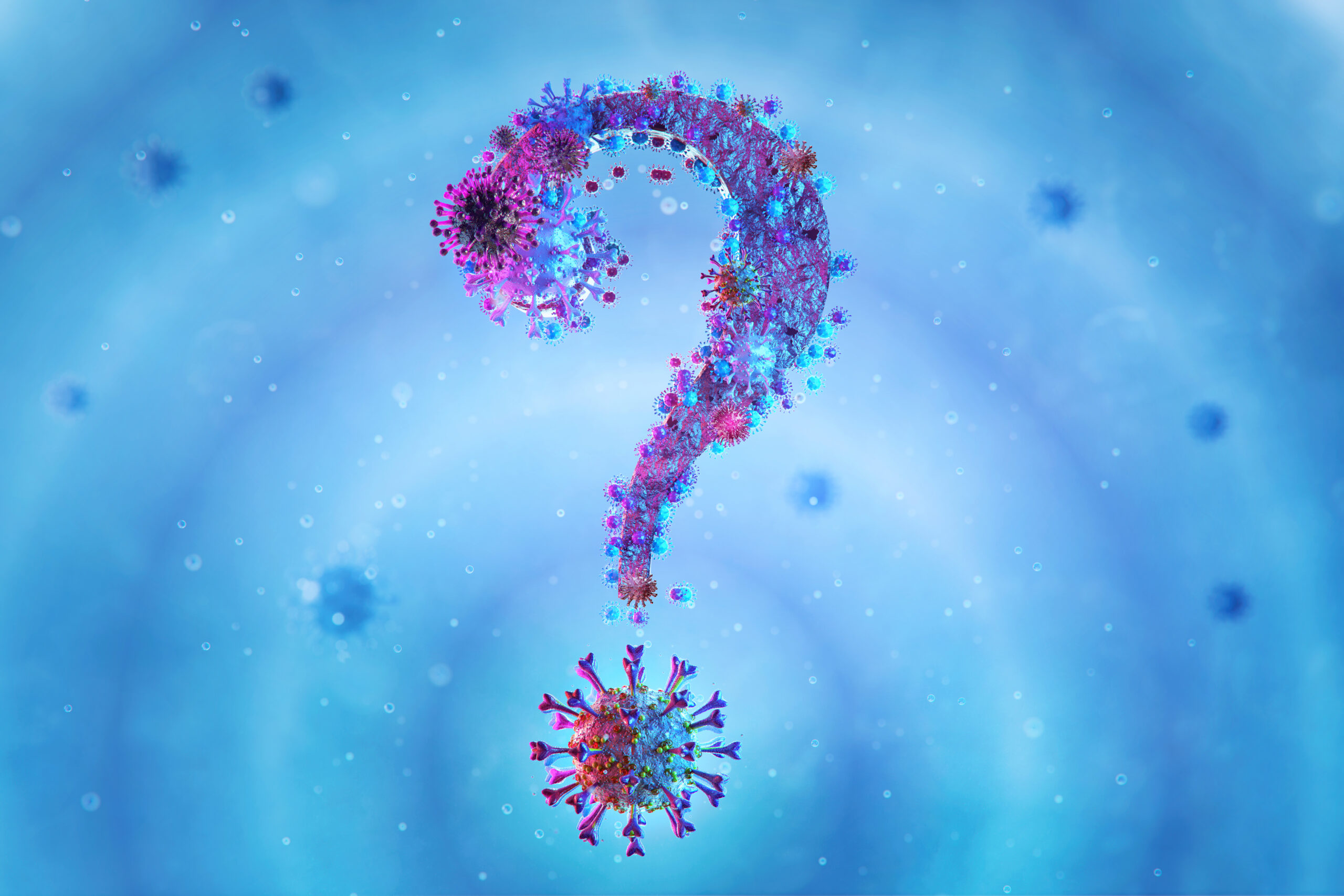When Dr. Kerryn Phelps, formerly both Australian Medical Association president and a Teal MP, finally came clean about Covid vaccine injuries, it was a telling moment. Primarily because Phelps was a loud Covid frightbat with a vaccine-boner as long as your arm. “The pandemic is not over,” she screeched back in January. “Vaccination, ventilation, avoid crowds, wear an N95 mask to protect yourself and others. And a reminder-even vaccinated, you can get #covid19 more than once.” She also fretted that, “Primary school children are still mostly unvaccinated”.
Well, let’s just say, schadenfreude is delicious.
But it was also telling just how Phelps came to the Covid vax road to Damascus.
Phelps was making a submission to the government’s “Long Covid” inquiry — and likened vaccine injuries to Long Covid. Which is instructive, because both Long Covid and vaccine injury have been respectively heavily disputed by each side of the Covid debate.
So is “Long Covid” as real as vaccine injuries? Well, it’s probably real, not that extraordinary — and without doubt ridiculously exaggerated.
Public-health officials have massively exaggerated long Covid to scare low-risk Americans as our government gives more than $US1bn ($1.46bn) to a long Covid medical-industrial complex. The Centres for Disease Control and Prevention claims that 20 per cent of Covid infections can result in long Covid. But a British study found that only 3 per cent of Covid patients had residual symptoms lasting 12 weeks.
Fatigue and weakness are normal after a severe sickness, especially respiratory infections. It’s why people used to have extended convalescence. I had first-hand experience about a decade ago, after a particularly severe flu. I was out of breath and fatigued for months afterwards.
In fact, Covid is less likely to lead to “long” debilitation than other upper-respiratory infections. 40% of patients who tested positive for Covid reported “persistently poor physical, mental, or social wellbeing at three-month follow-up”. Non-Covid respiratory infections, on the other hand, reported a 54% prevalence.
The second study, in Lancet Regional Health, looked for long Covid in 5086 children 11 to 17 and found that symptoms present during infection rapidly declined over time.
But there’s a ton of money to be made from “Long Covid”.
The National Institutes for Health has been intensely focused on studying long Covid, spending nearly $US1.2bn on the condition. To date, the return on investment has been zero for the people suffering with it. But it’s been terrific for MRI centres, lab testing companies and hospitals that set up long Covid clinics.
I’ve talked to the staff at some of these clinics and it’s unclear what they are actually offering to people beyond a myriad of tests.
The results of such tests were reported in a study in the Annals of Internal Medicine. The study found no physical evidence for long Covid.
The only medical factor that predicted long Covid was pre-existing anxiety, associated with a 2.8 times increased risk of developing long Covid.
But “long Covid” is not just a golden goose for the medical-pharmaceutical complex, it’s a gift horse for power-hungry politicians and bureaucrats.
The NIH’s fearmongering around long Covid has also been used to argue for keeping Covid restrictions in place. In November, the Biden administration issued a report on long Covid stating that mask mandates and vaccination “protect people from infection or reinfection and possible Long Covid,” despite no scientific evidence to support the claim.
Wall Street Journal
They’ve lied to us about everything else Covid-related: why would they stop, now?

